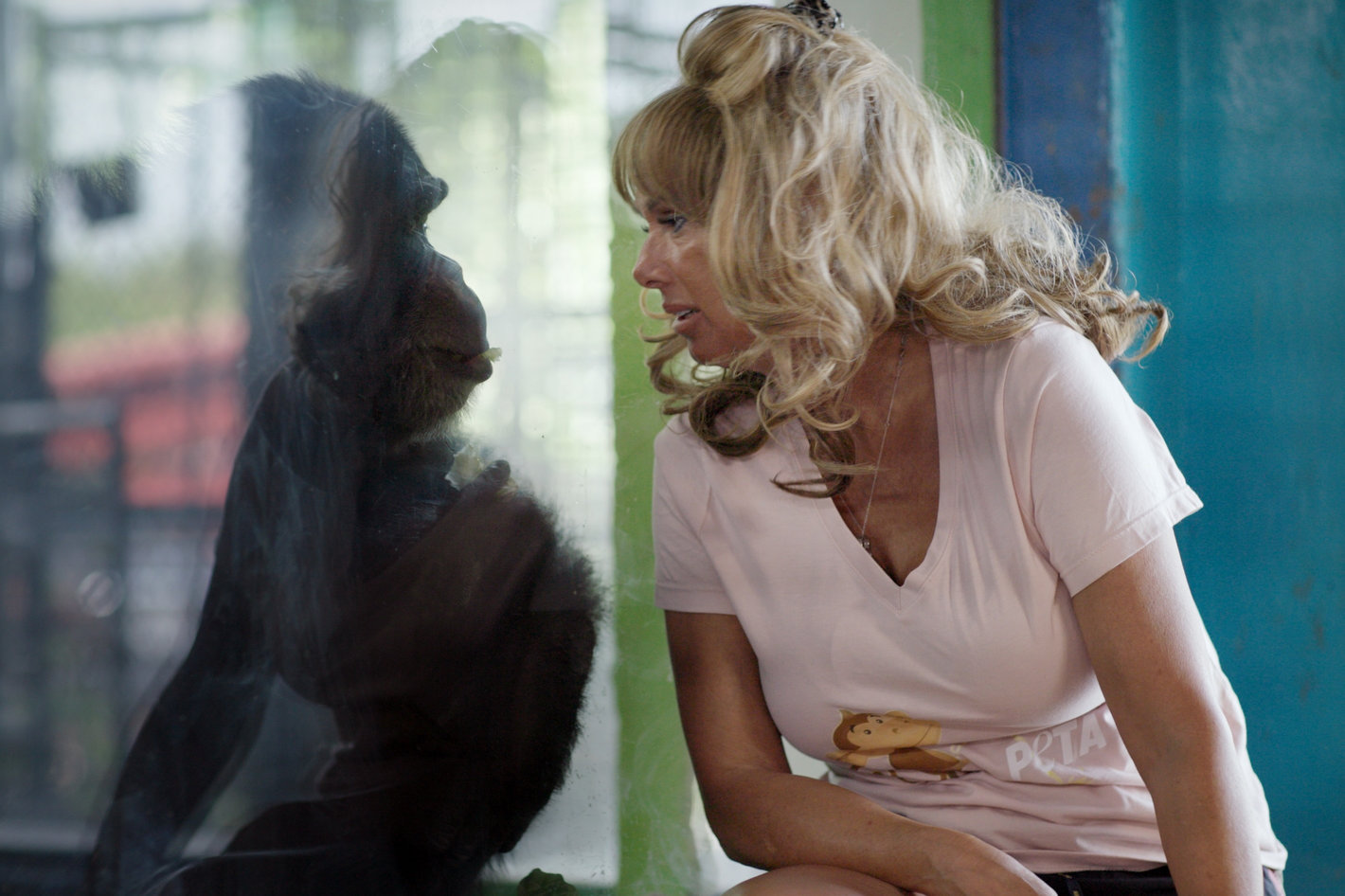“Chimp Crazy” explores the world of chimpanzees living in captivity and the women who raise and love them. Blackmagic Design cameras were used by the team to capture dynamic interviews for the series.
From Director Eric Goode (“Tiger King”), “Chimp Crazy” explores the world of chimpanzees living in captivity and the women who raise and love them. Featuring Alan Cumming, the docuseries follows cautionary tales of what happens when chimps are brought into people’s families and homes. The series was captured by DPs Benji Lanpher, Gabe Mayhan, Christopher Messina and Ryan Nethery, with Clint Byrne providing additional cinematography.
This is another real-world example that reveals how and why the equipment was chosen. Blackmagic Design shared the story as part of the company’s marketing, but it is more than just marketing, as it reveals how professionals use equipment and may go for one brand over another. One thing was clear from the outset: the cameras’ versatility and reliability allowed the team to capture dynamic interviews and engaging storytelling for the twist filled series.
Clint Byrne captured six interviews for the docuseries, including notable sit downs with Cumming and reporter Cheyenne Roundtree. “My setup typically included the URSA Mini Pro 12K as the semi close up camera, so they could punch in more in post if needed, an URSA Mini Pro 4.6K G2 for the wide shot, and one Pocket Cinema Camera 6K for additional angles, with another on a gimbal. The interviews with Roundtree and Cumming also featured Goode, so we made sure to have extra cameras ready for verité,” explained Byrne. “Some locations were set up by production and others were in the subjects’ homes, which required us to be a bit more adaptable and use a kit that allowed for a quick set up.”


Byrne also noted that this setup allowed for more dynamic interview coverage. “While one of the defining looks is established ultra wide frames, it’s hard to consistently cut back to those shots and have impact without fatigue. What I loved about the Blackmagic Design setup we used was it gave us a variety of extra angles, so we didn’t always have to go back to the same wide or tight shot. It provided the director and editor more choices and kept things refreshing for the audience,” he said.
“Since I have a huge arsenal of Blackmagic Design cameras, I could use an extra camera or two to be more creative and not limited by budget. From experience, I know I can use any of my Blackmagic cameras from different generations and not have to worry about color matching,” Byrne added.
“I love working on documentaries because I get to walk in a different life for a bit, try on that world and examine something people don’t often get to see up close. It’s an honor to do that, but it’s also a responsibility to do it with some respect,” Byrne noted. “When shooting docs, it’s not unheard of to be in dangerous spots or around dangerous people. I’ve worn bulletproof vests, hung out of cars and helicopters, walked through the rainforest, hiked to Everest, and skateboarded 26 mph while holding a camera, all to get the shot. But obviously working with animals requires a different approach because animals are not reliable, even when they are used to being around humans.”
“What I love about Blackmagic Design is I’m never fussing with menus or settings; I can smoothly transition to change shutter speed, change audio, or switch to slow motion. The cameras feel engineered by someone who uses them. They have become my top choice because I never have to ask my AC, ‘can you change this setting?’ I might still ask, but not because I can’t find it.”



